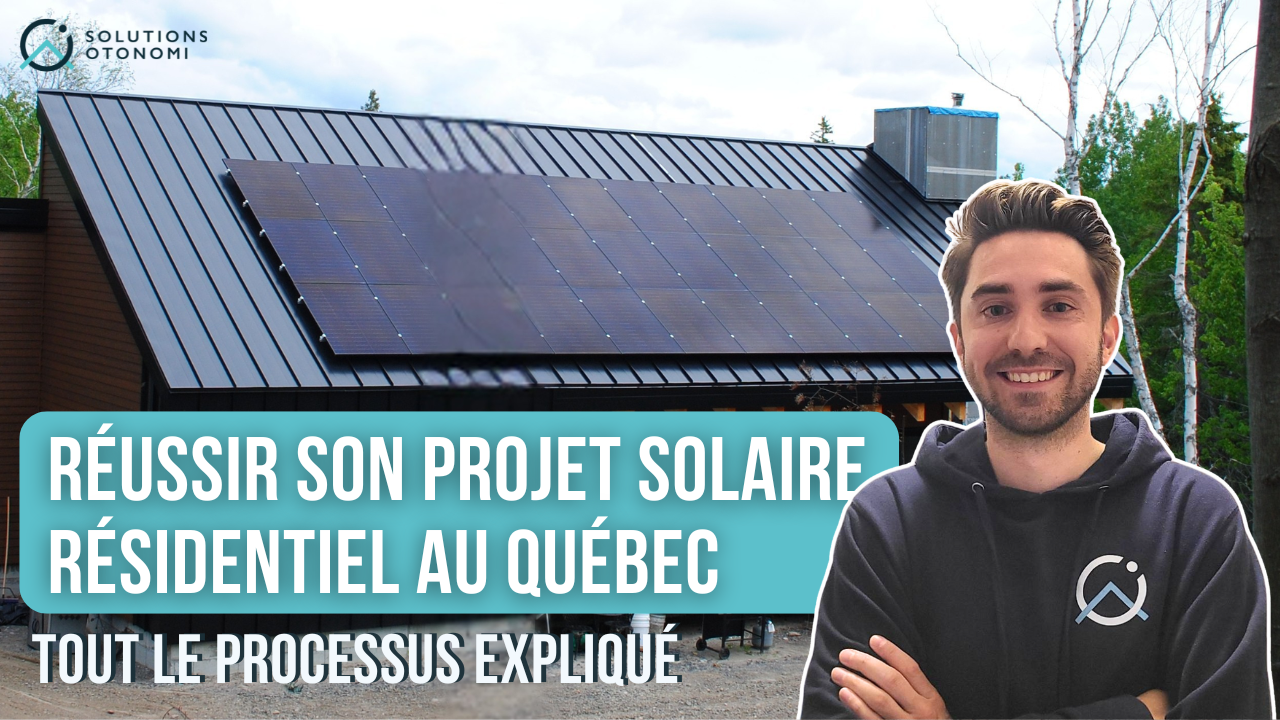Proper Off-Grid Solar Sizing with the Necessary Storage
Explore different steps to achieve a proper off-grid solar sizing
Sizing an off-grid solar system can be a lengthy and complex task that should not be taken lightly. Incorrect calculations can lead to unsatisfied clients at best and fire hazards at worst. To meet your client's energy needs, it's crucial to understand the key variables involved in properly sizing the system. Here are some essential factors to consider when sizing an off-grid solar system with storage.
Understand Your Client's Energy Needs
The first step in a proper off-grid solar sizing is to understand your client's energy needs. Conduct an assessment of their current or future energy consumption. While some clients may know what they want to power and how, most will require guidance. To streamline the process, create typical consumption profiles based on project types (e.g., homes, RVs, boats) and build the client's project from there. This approach is facilitated through Otonomi PV, our off-grid sizing application, and Otonomi DX, our solar kit management platform.
Once you have compiled a list of their consumption devices, work with the client to determine their power, voltage, and daily operation duration. Instead of simply adding up the power requirements of all devices, discuss which devices they commit to not running simultaneously. This allows you to propose a smaller and more cost-effective inverter.
Consider Local Factors
The second element to consider is the local conditions. The number of sunlight hours per day, taking into account factors such as orientation, tilt, potential shading, and temperature (VOC calculation), will impact the amount of solar energy you can capture and store. That being said, the desired period and duration of autonomy also play a crucial role. Will energy needs and seasonal variations significantly affect the amount of solar energy available? Climate data can be obtained from specialized research centers or online databases.
Size the System's Power and Capacity
Once you have understood your client's energy needs and the local climate conditions, you can start sizing the power and capacity of the system. To size the power, consider the amount of energy your system needs to provide daily, as well as the required storage period. For sizing the storage capacity, determine the amount of energy your system must store daily to meet your client's energy needs and the duration of storage required during unfavorable weather conditions.
Select System Components
After determining the power and capacity of the system, you can select the components that make up the system. This includes solar panels, batteries, inverters, charge controllers, and cables. It is crucial to choose high-quality components to ensure a reliable and durable system. Additionally, consider the environmental conditions in which the system will be installed to ensure the chosen components can withstand local conditions.
Evaluate Costs
Finally, evaluate the costs to ensure that the sized system is affordable for your client. Consider component costs, installation costs, maintenance costs, and component replacement costs. Take into account any available subsidies and tax credits for off-grid solar systems to assist your client in financing the system.
By following these steps and leveraging the expertise of Otonomi's solar software solutions, you can accurately size an off-grid solar system with storage that meets your client's energy needs. Click here to learn more about how our solutions can optimize your solar projects and drive your business success.

.png)


.png)